Top 10 Longest Rivers in Estonia
Estonia's rivers are short and have a low discharge. Only ten rivers are more than 100 kilometers long. On the Estonian-Russian border, the Narva River (length ... read more...77 km) has a discharge that exceeds that of all other rivers combined. Toplist has compiled the top 10 longest rivers in Estonia in this article.
-
The Võhandu River, also known as the Voo River, is located in south-eastern Estonia, in the upper sections of the Pühajõgi River, Estonia's longest river; length 162 km, river basin 1420 km2, average flow 10–11 m3 / s. It begins on the southern edge of the village of Saverna in the eastern portion of the Otepää Uplands, crosses Lake Jõksi (64.9 ha), makes four big bends between Hino and Sõmerpalu, and runs into Lake Vagula. The Võru Order enters the Ugandan stage after leaving the lake, flows from Paidra to the Peipsi Basin, mostly in the primeval valley, passes through Räpina and Võõpsu, and flows into Lake Lämmijärv 2 km below Võõp. The river is situated at a height of 132 meters (30 m). The yellowish interwoven sandstone of the Burtnieki Stage in Central Devon is visible in numerous locations along the Võhandu River, and the outcrops are known as walls (Elk Wall, Kalmetu Wall).
The Pühajõgi River (64 km long, 366 km2 in area) flows into Vagula (flow of about 5 km) and the Võhandu or Voo River (93 km long) stretches from Vagula to Lake Lämmijärv. Karioja (14 km) and Viluste stream (9 km) on the left, Iskna (29 km), Mädajõgi (27 km), Rõuge (26 km), and Koreli (21 km) on the right, and Varesmäe stream (21 km) (9 km). Räpina (51 ha) and Leevaku (51 ha) have the largest dam lakes (38 ha). Vigo is accessible by lakeboat.
There are several different types of fish in this species (22 species of fish and 1 species of roundnose grenadier; mainly roach, peat, tench, tern and corner).
There is a Võhandu River conservation area and a protected area of the old valley of the Võhandu River along the river.
Length: 162 km (101 mi)
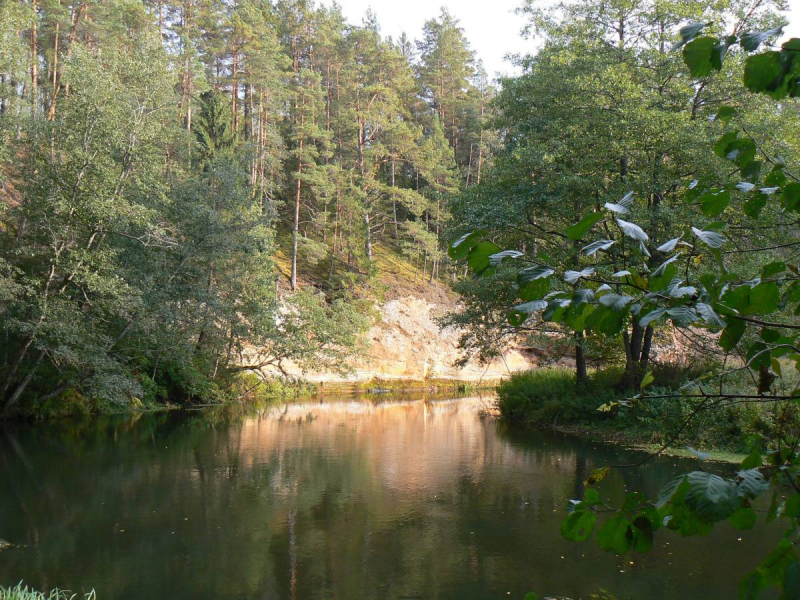
en.wikipedia.org 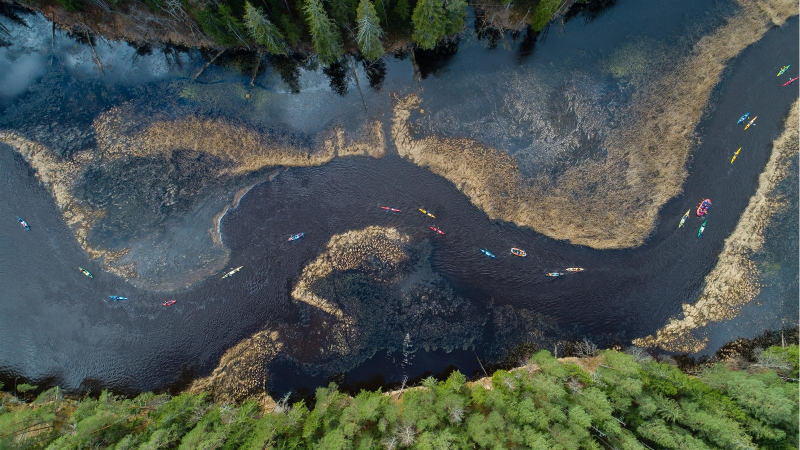
worldraftingfederation.com -
Pärnu is an Estonian river. It empties into Pärnu Bay, a tributary of the Riga Gulf. With a basin size of 6,920 km2 and an average discharge of 64.4 m3/s, it is one of Estonia's longest rivers at 144 km.
With a length of 144 kilometers (89 miles), the Pärnu is Estonia's second longest river, and one of just ten rivers in the country that exceed 100 kilometers (62 mi).
It has a catchment area of 6,920 square kilometers (2,670 square miles), accounting for about one-sixth of Estonia's landmass and being one of only 15 catchment regions of Estonian rivers that exceed 1,000 square kilometers (390 sq mi). Its main tributaries join the river from the upland of Sakala, and its sources are in the karst upland of Pandivere in north-eastern Estonia. The river Pärnu crosses through most of Estonia's landscape types due to its length. Agriculture dominates the river's environs, and its higher portions in Järva County are regarded some of Estonia's most fertile land. The river flows through forests and wetlands in the area near Paide town. The river empties into Pärnu Bay, and the city of Pärnu is located where the river meets the sea.
The river's catchment region is mostly made up of Lower Silurian deposits to the north of the river from the sea to where it joins with the Navesti, and Middle Devonian deposits to the south of this line. Sandstone outcroppings, rocks, and caverns along the river near Tori. In its northern and eastern reaches, the river runs over a thin layer of dirt (ranging from 5 meters [16 feet] to as little as 1 meter [3.3 feet]), whereas closer to the sea, the topsoil can be as deep as 60 meters (200 ft)
On the banks of the Pärnu River are the cities of Pärnu, Paide, Tori, and Türi.
The river has long been a focal point for human activity in the area; the oldest found settlement in Estonia, in the town of Sindi, was discovered beside the river and dated to around 7,500 BC.
Length: 144 km (89 mi)
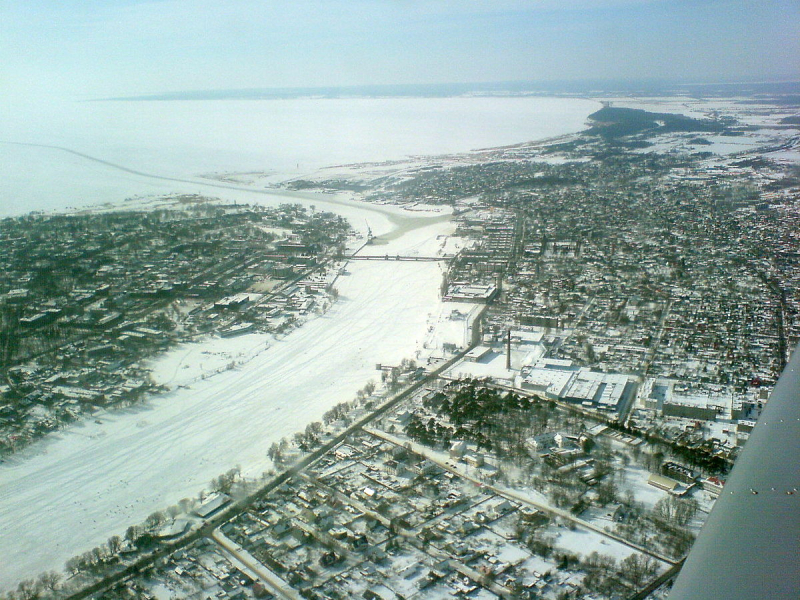
en.wikipedia.org 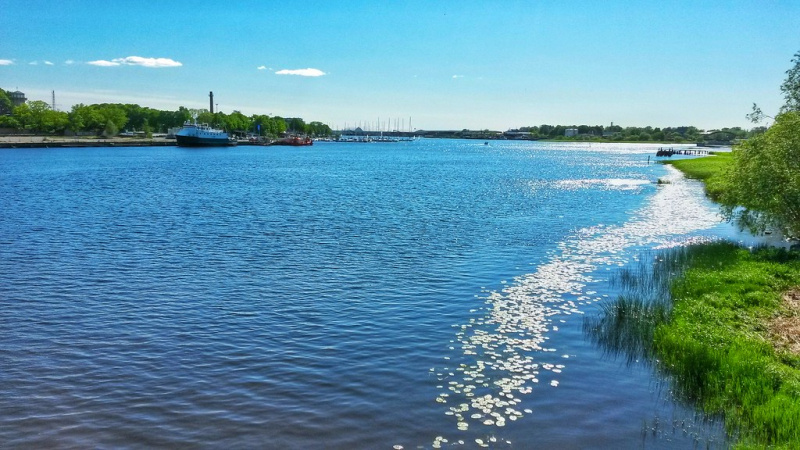
elevation.maplogs.com -
The Põltsamaa is Estonia's third-longest river. It flows through Põltsamaa Parish, an Estonian rural municipality in Jõgeva County with a population of 2722 people in 2001 and an area of 416.9 km2 (161.0 mi2). On the north-east side of Põltsamaa Castle, the Põltsamaa flows through the center of Põltsamaa town (a town in Põltsamaa Parish). It's a tributary of the Pedja River.
Põltsamaa Castle is surrounded by a moat and sits on the banks of the Põltsamaa River. The construction of Põltsamaa castle began in 1272, when the Teutonic Order built a stone castle on the banks of the Põltsamaa River. The castle was the palace of King Magnus of Livonia from 1570 to 1578, and Põltsamaa (Oberpahlen) was the Kingdom of Livonia's capital. Woldemar Johann von Lauw transformed the looted and destroyed old castle into a sumptuous rococo-style nobleman's palace in the 1770s. The Põltsamaa tourist information center and a museum, as well as a Wine Cellar with a Food Museum, Estonian Press Museum, Central Estonian art gallery pART, the ceramic workshop Savikoda, handicraft workshop Käsiteokoda, and a workshop "värsktuba" of Handicraft, burned down in 1941; the church was restored in 1952, and the courtyard of Põltsamaa Castle is now a suitable place for outdoor.
Length: 135 km (84 mi)
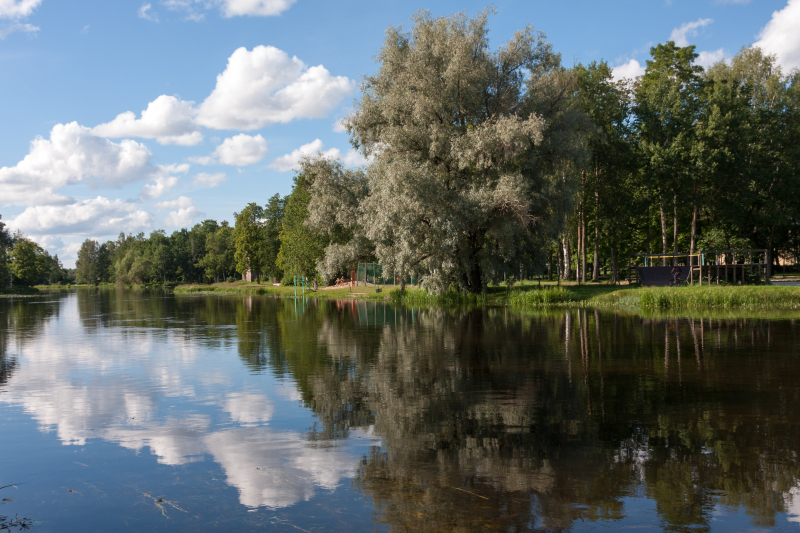
en.wikipedia.org 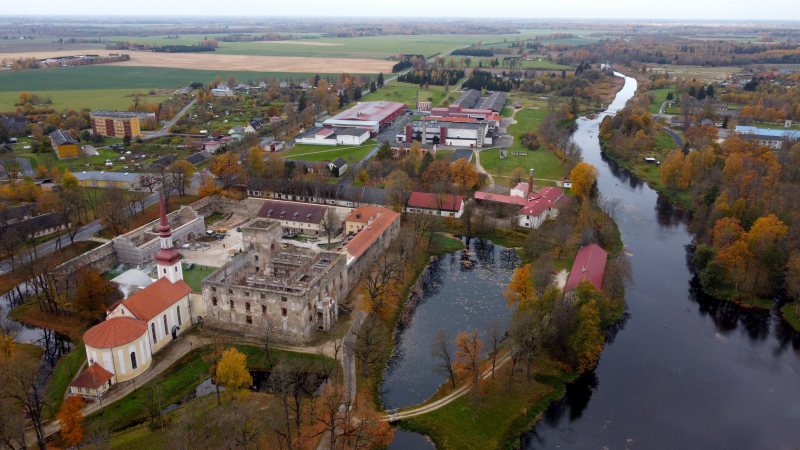
commons.wikimedia.org -
The Pedja (Estonian: Pedja jõgi) is Estonia's fourth largest river. Its source is near Simuna, in the Pandivere Upland's southern slopes. Before entering the Emajõgi northeast of Lake Võrtsjärv, the river flows for 122 kilometers through the countries of Lääne-Viru, Jõgeva, and Tartu. The Pede is the last 4 kilometers of the river after it meets the Põltsamaa. Jõgeva- is the river's major settlement.
The Alam-Pedja Nature Reserve, a huge protected area on the river's lower reaches, is named for the Pedja. The Alam-Pedja Nature Reserve is Estonia's largest natural area. It is a big wilderness region that extends 342 km2 (85,000 acres) and is made up of a complex of 5 large bogs divided by uncontrolled rivers, floodplains, and extensive woodlands. The nature reserve strives to safeguard a wide range of habitats and rare species by conserving the natural development of woods and bogs, as well as ensuring the long-term management of semi-natural floodplain grasslands.
Length: 122 km (76 mi)
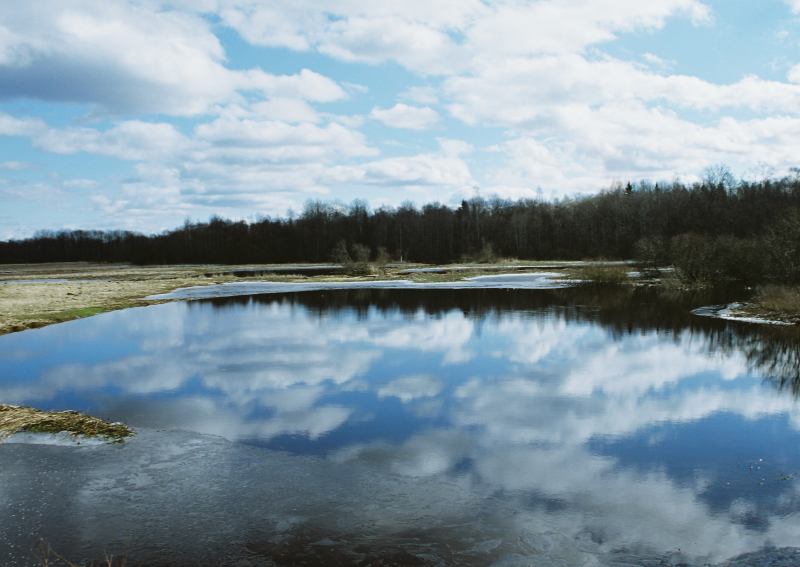
en.wikipedia.org 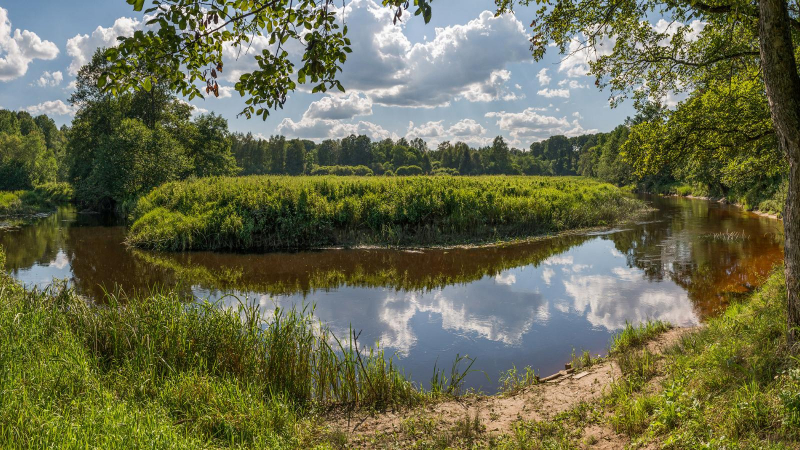
visitestonia.com -
Keila is a river in Estonia's northwestern region. The river rises in the Loosalu bog in the district of Juuru Rapla, in the southern section of the rural municipality. It comes to a close in Harju County, Finland's Gulf of Finland, near Keila - Joa. It has an average discharge of 6.4 m3 per second and a catchment area of 682 km2.
Perch and pike are abundant, especially in the upper parts of the river.
The river is heavily utilised by local industries, particularly in the city of Keilah. The Keila Waterfall is one of the most beautiful sights along the river. Keila Waterfall is a waterfall on the Keila River in Northern Estonia. After Narva and Jägala, it is Estonia's third most powerful waterfall. It stands 6 meters (20 feet) tall and measures 60–70 meters (200–230 feet) in width.
The Keila River Park's history stretches back to the 17th century, and it is located on the grounds of the former Keila Manor and along the Keila River. While strolling around the lovely park, you may observe the ruins of a Neolithic sacrificial stone and a small castle.
Several bat species live nearby and can be observed soaring through the park on warm evenings.
Length: 116 km (72 mi)
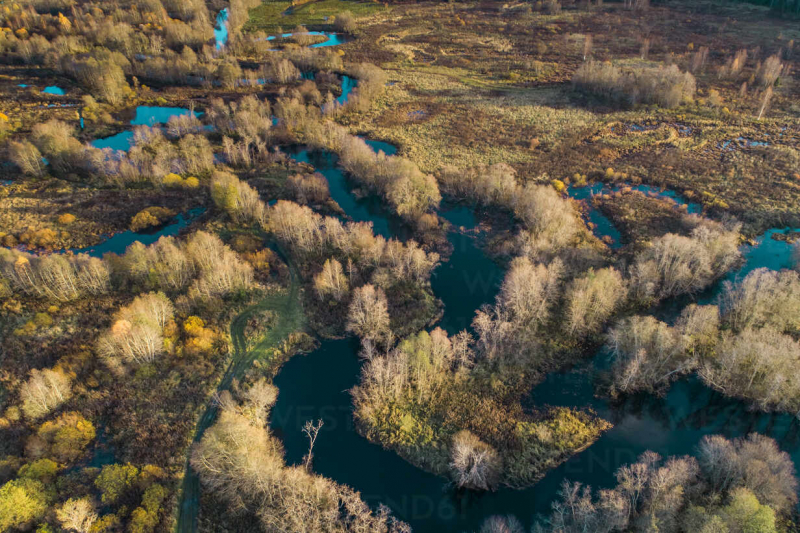
westend61.de 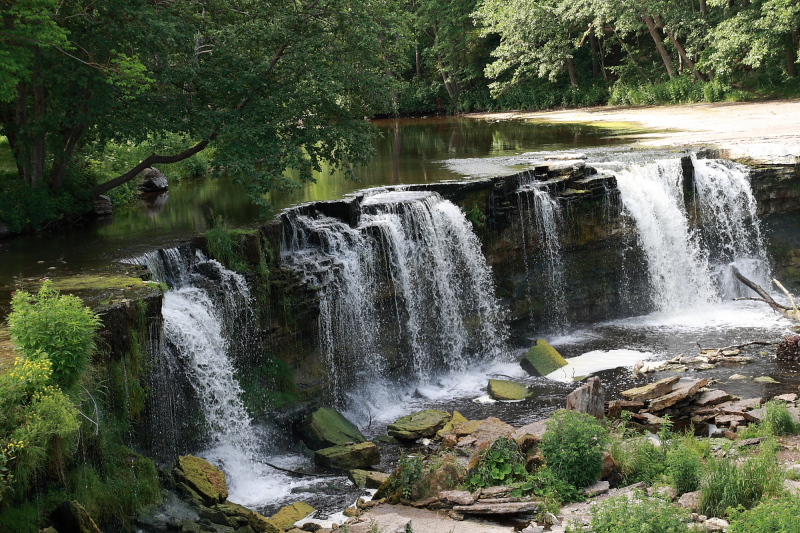
Keila Waterfall (Photo: en.wikipedia.org) -
The Kasari is a river in western Estonia that flows into Matsalu Bay, which is part of the Väinameri peninsula. It is crossed by a 308-meter-long pedestrian bridge that was completed in 1904 and was Europe's biggest concrete bridge at the time. The river flows through Matsalu National Park's area from the ancient and new bridges forward, surrounded by the low and flooded Kasari meadow. The river itself is 112 kilometers long, making it Estonia's fourth longest river. A variety of fish, including pike and roach, call the river home.
Length: 112 km (70 mi)
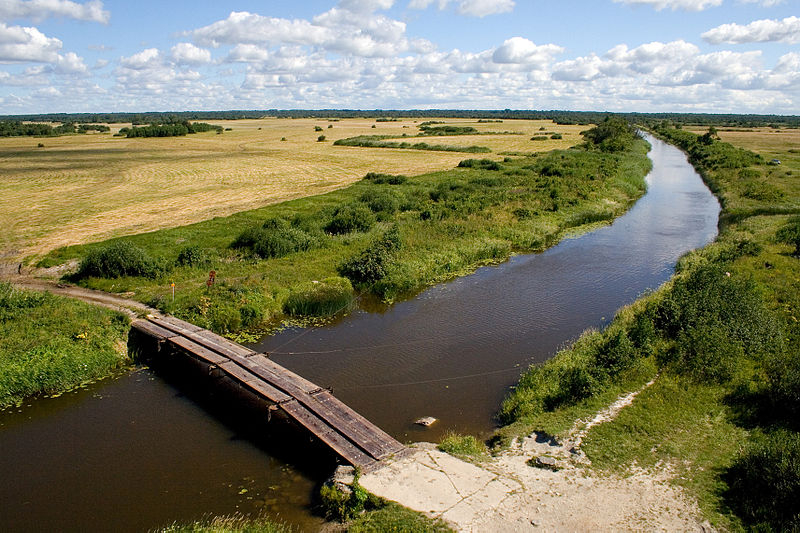
en.m.wikipedia.org 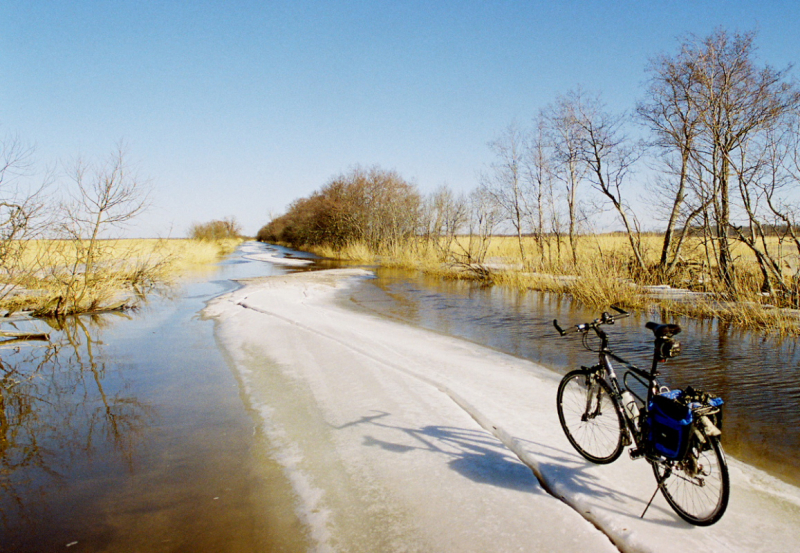
commons.wikimedia.org -
The Piusa is a river in southeastern Estonia that flows for 14 kilometers before flowing into Lake Pihkva in Russia's Pskov Oblast. Piusa is the border river between Estonia and the Russian Federation over a 17-kilometer stretch near Pechory.
Of all the Estonian rivers, the Piusa has the steepest descent (214 metres).
Length: 109 km (68 mi)
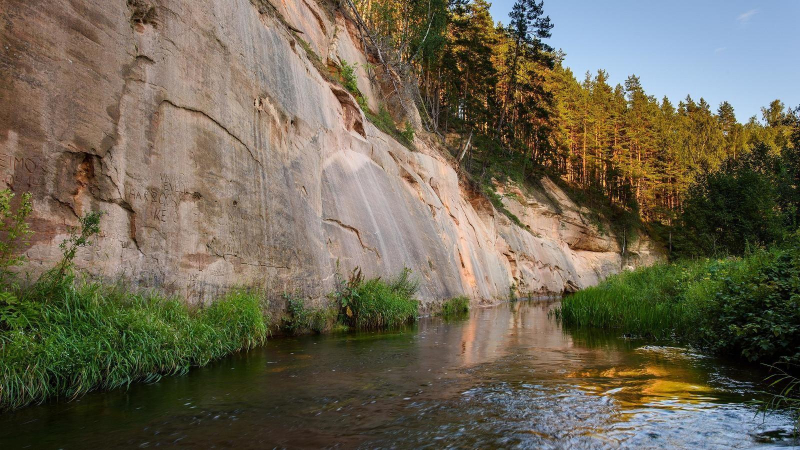
visitestonia.com 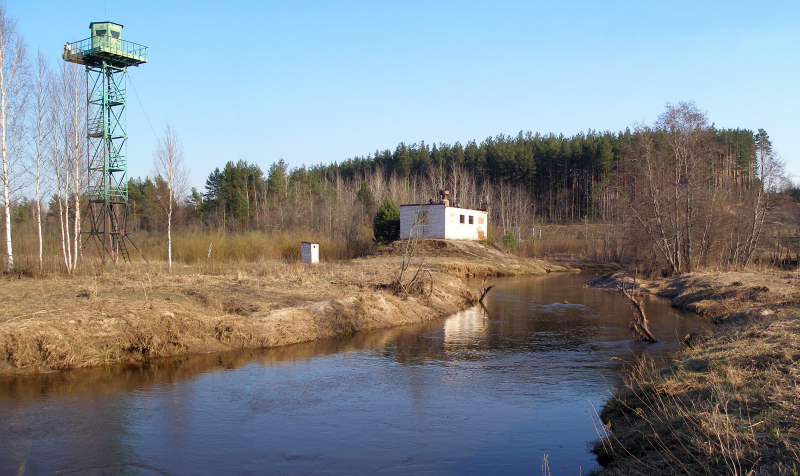
commons.wikimedia.org -
The Pirita (Estonian: Pirita jgi) is a 105-kilometer-long (65-mile) river in northern Estonia that flows into Tallinn Bay (part of the Gulf of Finland) near Pirita, Tallinn. The Pirita's basin covers 799 square kilometers.
The sailing events for the 1980 Summer Olympics in Moscow were contested in Tallinn Bay, an estuary on the Gulf of Finland.
The Pirita is impounded at the Paunküla and Vaskjala Reservoirs as part of Tallinn's water supply system. Vaskjala's reservoir is connected to Tallinn's Lake Ülemiste through a canal, where the Ülemiste Water Treatment Plant is located. Pirita receives additional water from the Jägala, Soodla, and Pärnu rivers via a canal network that connects Pirita to Veskitaguse.
Length: 105 km (65 mi)
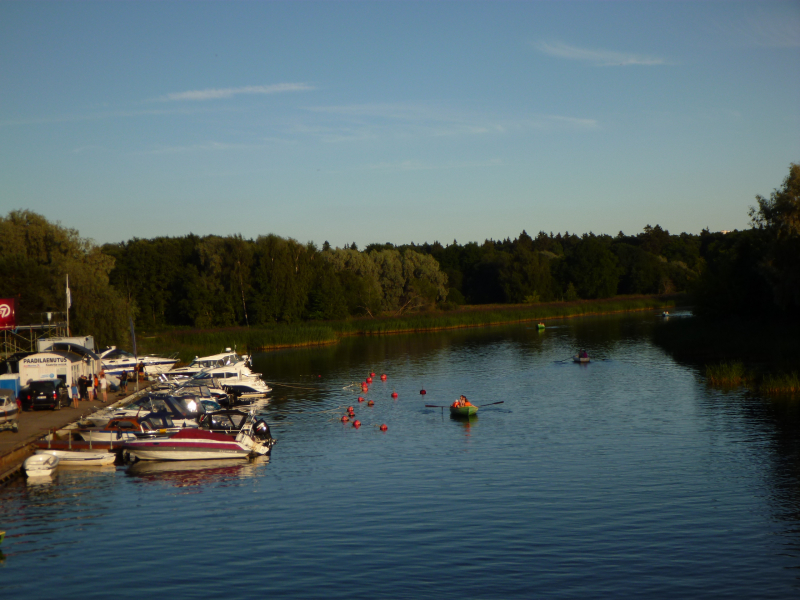
en.wikipedia.org 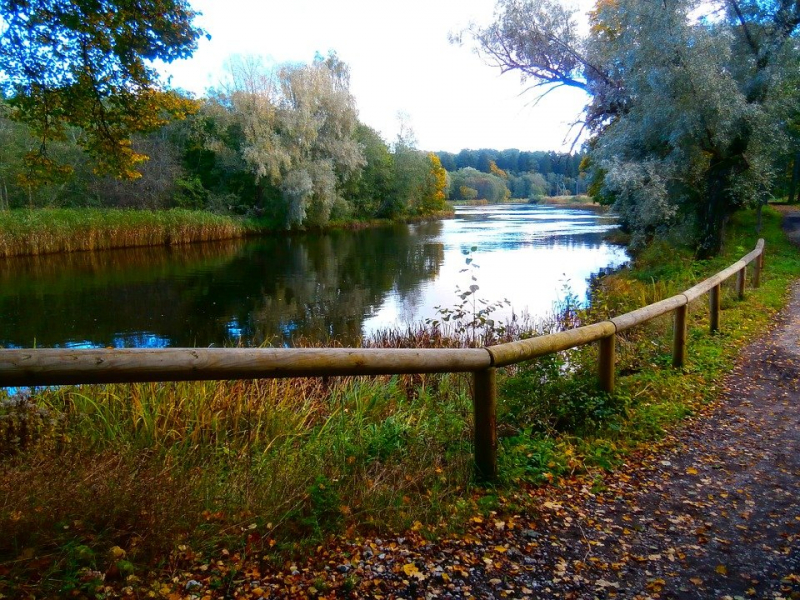
pixabay.com -
Emajõgi is an Estonian river that flows from Lake Võrtsjärv through Tartu County and into Lake Peipsi, passing through Tartu for 10 kilometers. It is 100 kilometers long.
The Emajõgi is also known as the Suur Emajõgi ("Great Emajõgi"), as opposed to the Väike Emajõgi ("Little Emajõgi"), another river that feeds into Lake Võrtsjärv's southern end. Emajõgi is Estonia's second largest river by discharge and the country's sole entirely navigable river.
The source of Emajõgi lies near Rannu-Jesuu, on the northeastern coast of Võrtsjärv, where the river flows roughly eastward towards Lake Peipsi.
The river flows through wide, flat, and marshy plains in the upper course, from Võrtsjärv to Kärevere bridge, which are part of the Alam-Pedja Nature Reserve. Emajõgi lacks a clearly defined floodplain in this heavily meandering portion — the flooded region can span several kilometers at times and has no distinct bounds. Emajõgi follows a straighter course in the middle section of its journey from Kärevere to Kavastu through Tartu, and runs in a clearly defined, shallow valley that is typically no more than 10 meters deep. The valley is 1–1.5 kilometers wide in the middle, narrowing to 800 meters in Tartu. The valley's narrowest section (400–600 m) occurs near Kavastu, at the end of the middle course. The river travels through a swampy lowland - Emajõe Suursoo – before draining into Lake Peipsi at Praaga in its lower course.
The river stretches over 100 kilometers (62 mi). Its length was measured as 117 kilometers in 1927. (73 mi). This might have changed in the 1930s, when the river's meandering upper channel was straightened to make navigation easier.
Length: 101 km (62 mi)
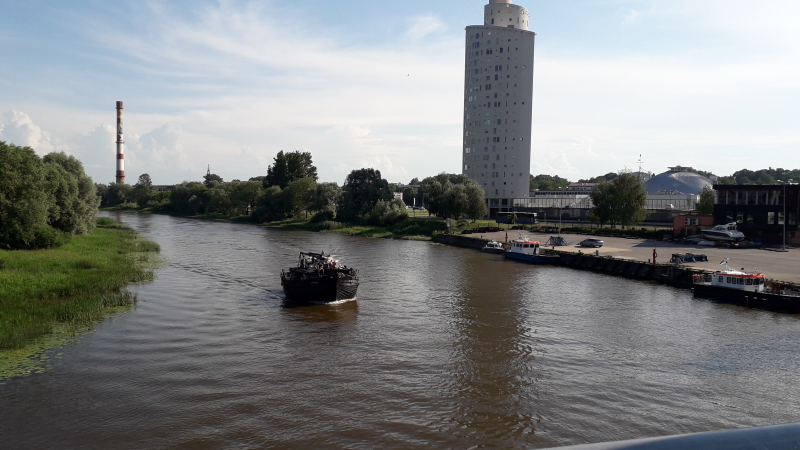
en.wikipedia.org 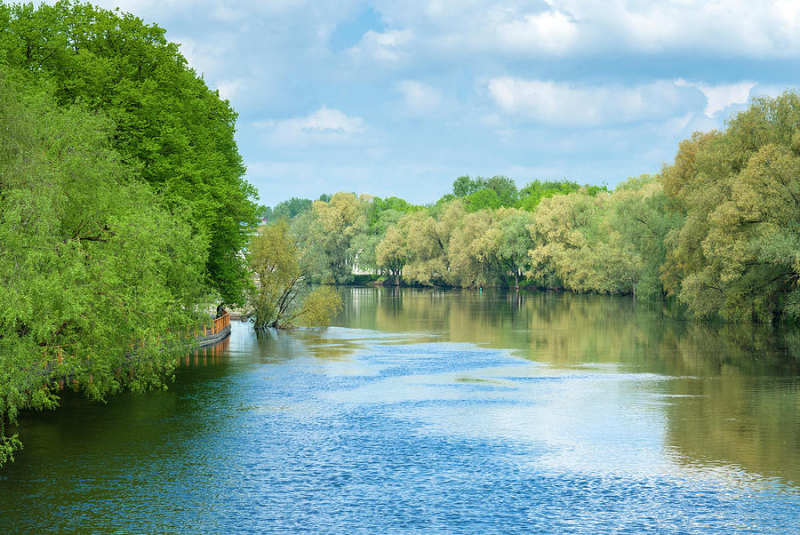
fineartamerica.com -
The Navesti (also known as Pala or Paala) is a river in southwestern Estonia that runs for 100 kilometers (62 miles). It is the greatest river in terms of discharge that flows into the Pärnu (its discharge is nearly equal to that of the Pärnu at its mouth). The Navesti's source is in Järva County, near Imavere (between the towns of Jalametsa and Käsukonna). It runs through three counties (Järva, Viljandi, and Pärnu) and flows mainly west. Its confluence with Pärnu is in Jõesuu, near Tori. Navesti has a basin area of 3,000 km2 (1,200 sq mi) with a discharge of 27.9 m3/s (990 cu ft/s).
The Navesti river drained the Võrtsjärv before the opening of the primeval Lake Võrtsjärv through the Emajõgi to the Lake Peipus.
Bream, burbot, chub, dace, ide, perch, pike, river trout, roach, and ruffe are among the 18 fish species found in the Navesti.
Length: 100 km (62 mi)
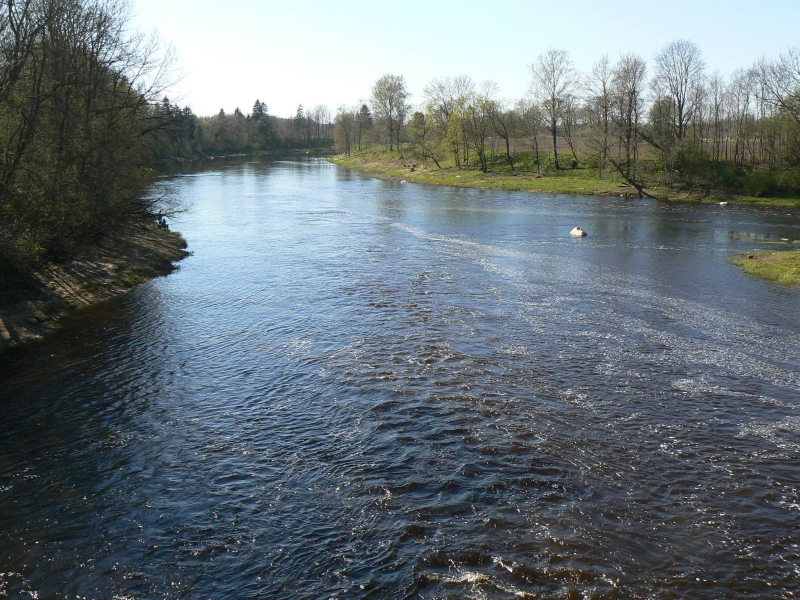
en.wikipedia.org 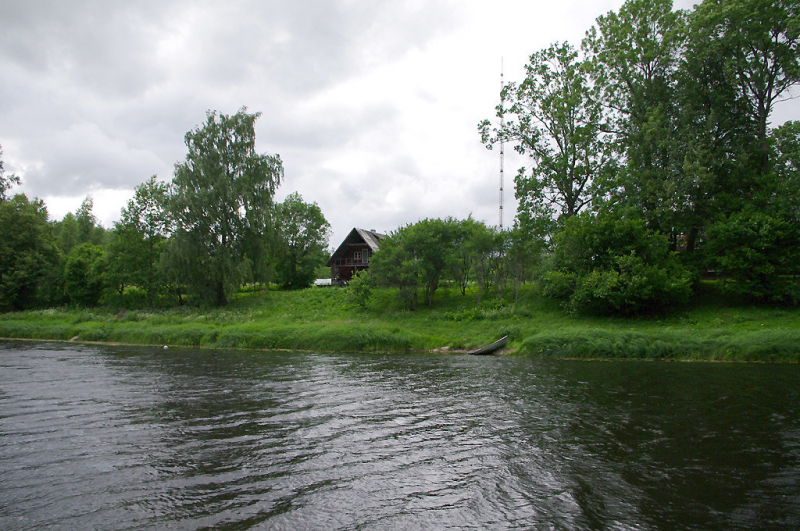
flickr.com































